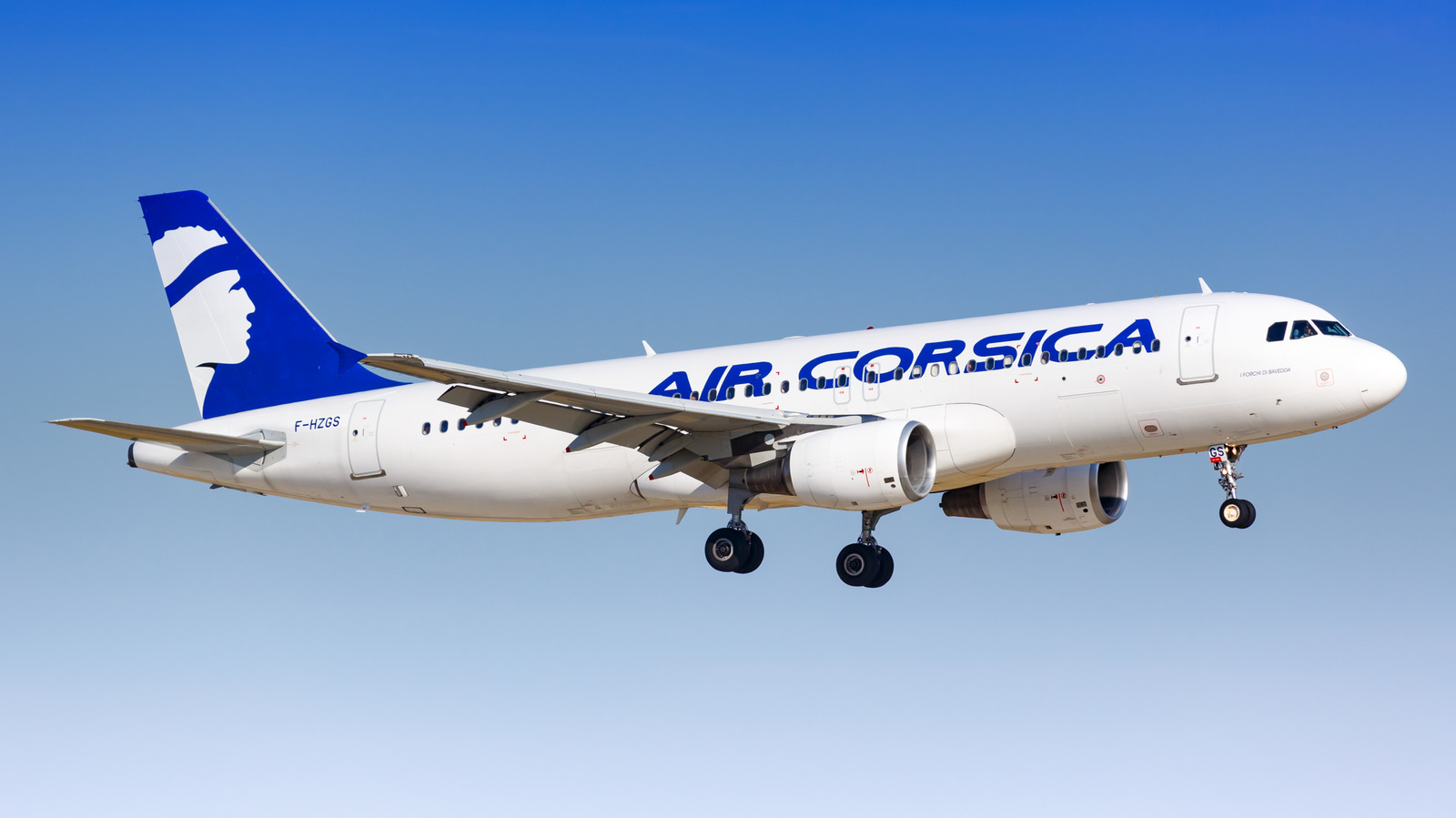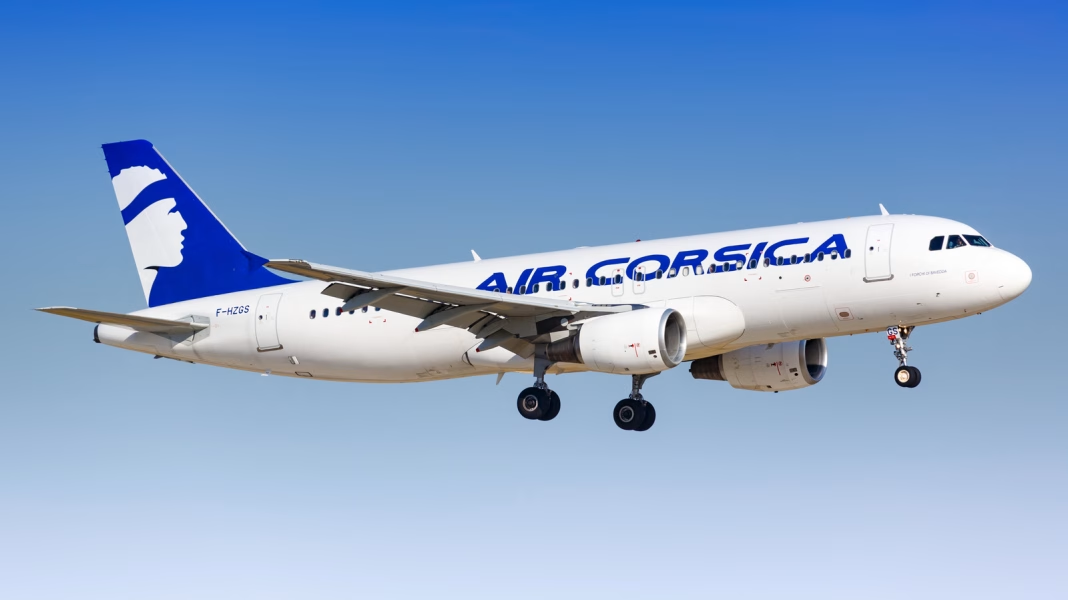Why Are Air Traffic Control Delays a Worldwide Problem?
If you’ve ever found yourself stuck on the tarmac, watching the minutes tick by while your plane waits for clearance, you might assume it’s just another quirk of flying in the United States. But here’s the kicker: air traffic control (ATC) headaches aren’t unique to any one country. From Europe to Asia, controllers and passengers alike are grappling with the same frustrating bottlenecks. So, what’s really going on up there?
What Causes Air Traffic Control Chaos Across Different Countries?
It’s easy to blame weather or outdated radar screens, but the reality is more complex. Many countries, including the US, are dealing with a perfect storm of aging infrastructure, staffing shortages, and surging demand for flights. According to the International Air Transport Association, global air travel is expected to double by 2040. That’s a lot of planes to juggle—and not enough people or technology to keep up.
Take Europe, for example. In 2023, Eurocontrol reported that nearly 20% of flights faced delays due to ATC capacity issues, not just thunderstorms or mechanical hiccups. Meanwhile, in Asia, rapid growth in air travel has outpaced the training and hiring of new controllers. The result? Even routine flights can get snarled in a web of delays.
How Do Staffing Shortages Impact Your Flight?
Let’s talk about the human side. Air traffic controllers have one of the most demanding jobs out there—think split-second decisions, high stress, and zero room for error. But many countries are struggling to recruit and retain enough qualified staff. In the US, the Federal Aviation Administration has warned that nearly a third of its controllers are eligible to retire within the next five years. Europe’s not faring much better, with some control centers operating at 80% of needed staffing.
And when there aren’t enough controllers, the domino effect is real. Fewer people in the tower means fewer planes in the sky. Delays stack up, and airlines scramble to adjust schedules. It’s not just an inconvenience—it’s a safety concern, too.
Are Outdated Systems Making Things Worse?
You’d think the skies would be run by the latest and greatest tech, but that’s not always the case. Many ATC systems still rely on decades-old software and hardware. In some regions, controllers are using radar and communication tools that haven’t seen a major update since the 1990s. That’s like trying to stream a movie on dial-up internet.
Modernization projects are underway—like the US NextGen initiative and Europe’s SESAR program—but progress is slow and expensive. Upgrading systems while keeping planes safely moving is a logistical puzzle that’s tough to solve overnight.
What Happens When Things Go Wrong? Real-World Examples
Sometimes, the consequences of ATC dysfunction are more dramatic than a late arrival. In one recent incident over the Mediterranean, a plane was forced to circle for over an hour because an air traffic controller reportedly fell asleep on the job. While that’s an extreme case, it highlights just how fragile the system can be when stretched too thin.
There have also been near-misses and emergency landings traced back to miscommunication or fatigue in control towers. These aren’t just stories—they’re wake-up calls for the industry.
What Are Experts Suggesting to Fix the Problem?
Aviation experts agree: there’s no silver bullet. But a few strategies keep coming up. First, investing in better training and support for controllers—think mental health resources and more flexible schedules—could help retain talent. Second, accelerating the rollout of new technology would allow controllers to handle more planes safely and efficiently.
Some countries are experimenting with remote virtual towers, where controllers can manage traffic from hundreds of miles away using high-definition cameras and sensors. Early results are promising, but scaling up takes time and trust.
How Can Passengers Prepare for ATC-Related Delays?
While you can’t control what happens in the tower, you can take steps to minimize frustration. Book flights earlier in the day when traffic is lighter, and always allow extra time for connections. Apps that track real-time delays can help you stay ahead of the curve. And if you’re stuck on the ground, remember: safety always comes first, even if it means a longer wait.
The big takeaway? Air traffic control isn’t about perfection—it’s about smarter adjustments. Start with one change this week, and you’ll likely spot the difference by month’s end.


